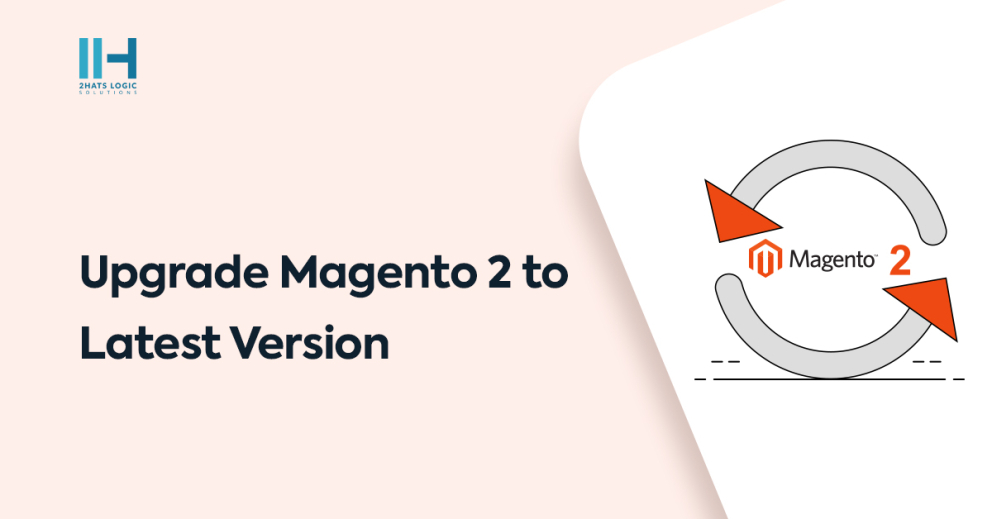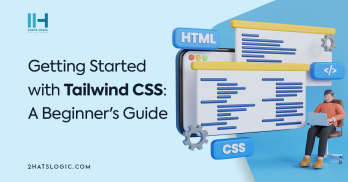Greetings! I'm Aneesh Sreedharan, CEO of 2Hats Logic Solutions. At 2Hats Logic Solutions, we are dedicated to providing technical expertise and resolving your concerns in the world of technology. Our blog page serves as a resource where we share insights and experiences, offering valuable perspectives on your queries.
Magento is one of the most trusted open-source to build ecommerce platforms.It is very important to keep your online store updated to avoid any hitches. Magento 2 is one of the best compatible technologies when compared to Magento 1. So you can guess how beneficial the most updated Magento version will be.
Let’s take a dive on how to upgrade Magento 2 to the latest version with our detailed step-by-step guide. It is very essential to keep your e-commerce platform updated and take advantage of the latest enhancement features in Magento Upgrade Magento 2 confidently with best tried and tested practices.
What are the key reasons to upgrade your Magento 2 website?
The latest version of Magento includes significant performance and security enhancements. The enhanced platform services make your online store more secure and ensure your user has a smooth experience.
- Enhanced Performance: The latest version introduced performance improvements that lead to faster page loading times and a more responsive user experience.
- Security Enhancements: Security is always utmost importance in ecommerce, and Magento takes it seriously. The latest release includes important security patches and updates, reducing vulnerabilities and protecting your online store from potential threats.
- New Features and Functionality: The latest version has brought new features and functionality to empower e-commerce businesses. It often includes improvements in areas like inventory management, payment gateways, and checkout processes.
- Bug Fixes and Stability: With each new release, Magento addresses known issues and bugs. This helps improve the stability of the platform, reducing the likelihood of site crashes and other technical problems.

Related Articles










